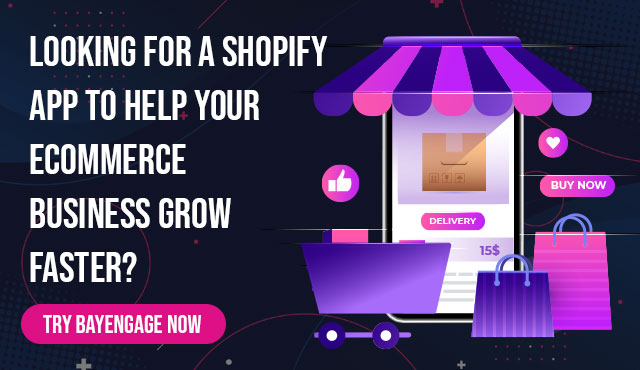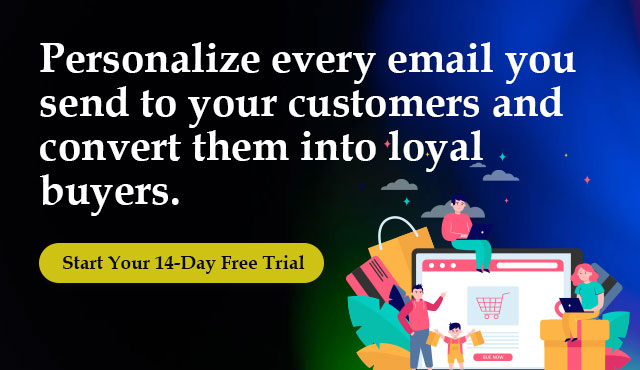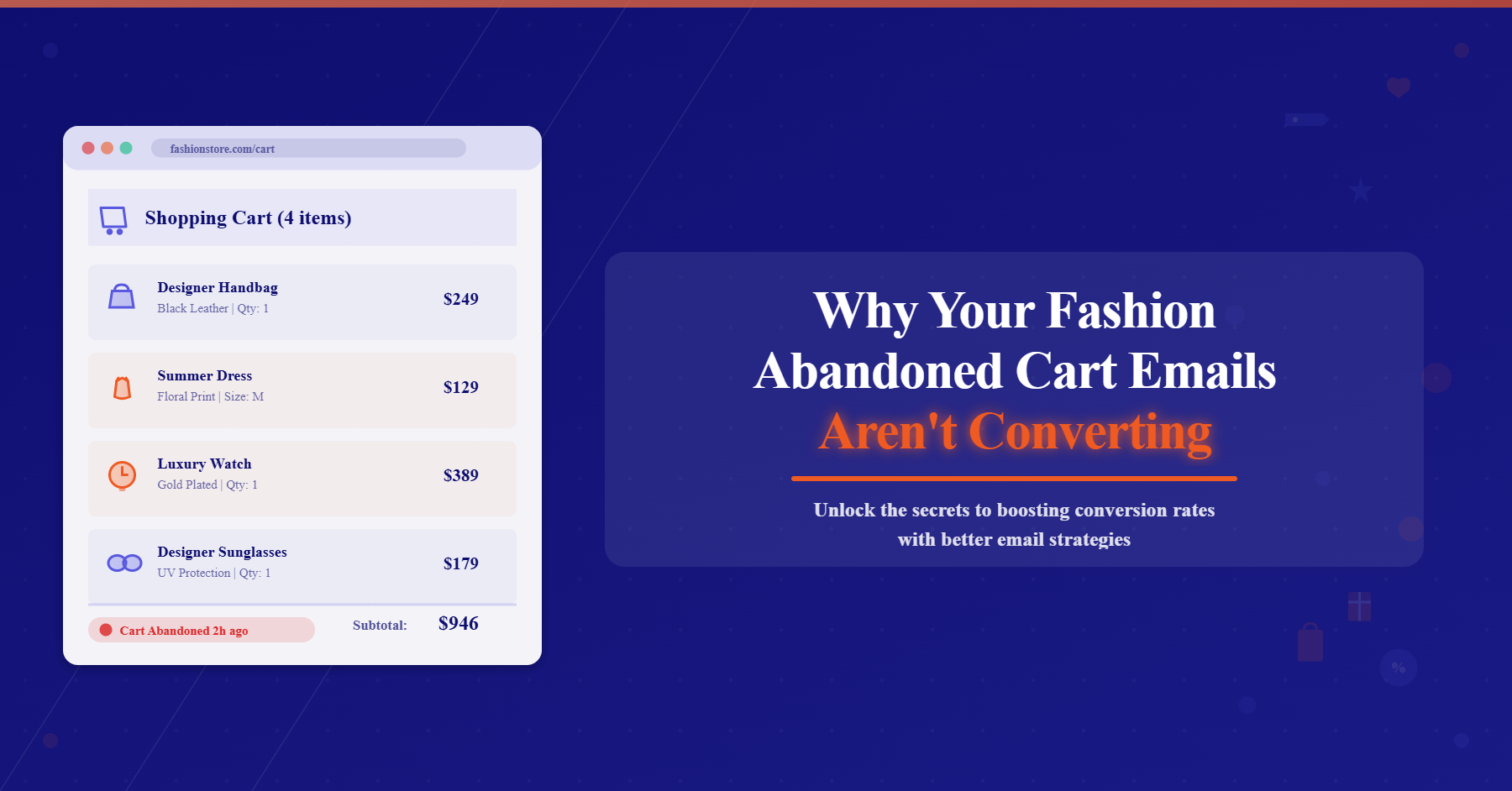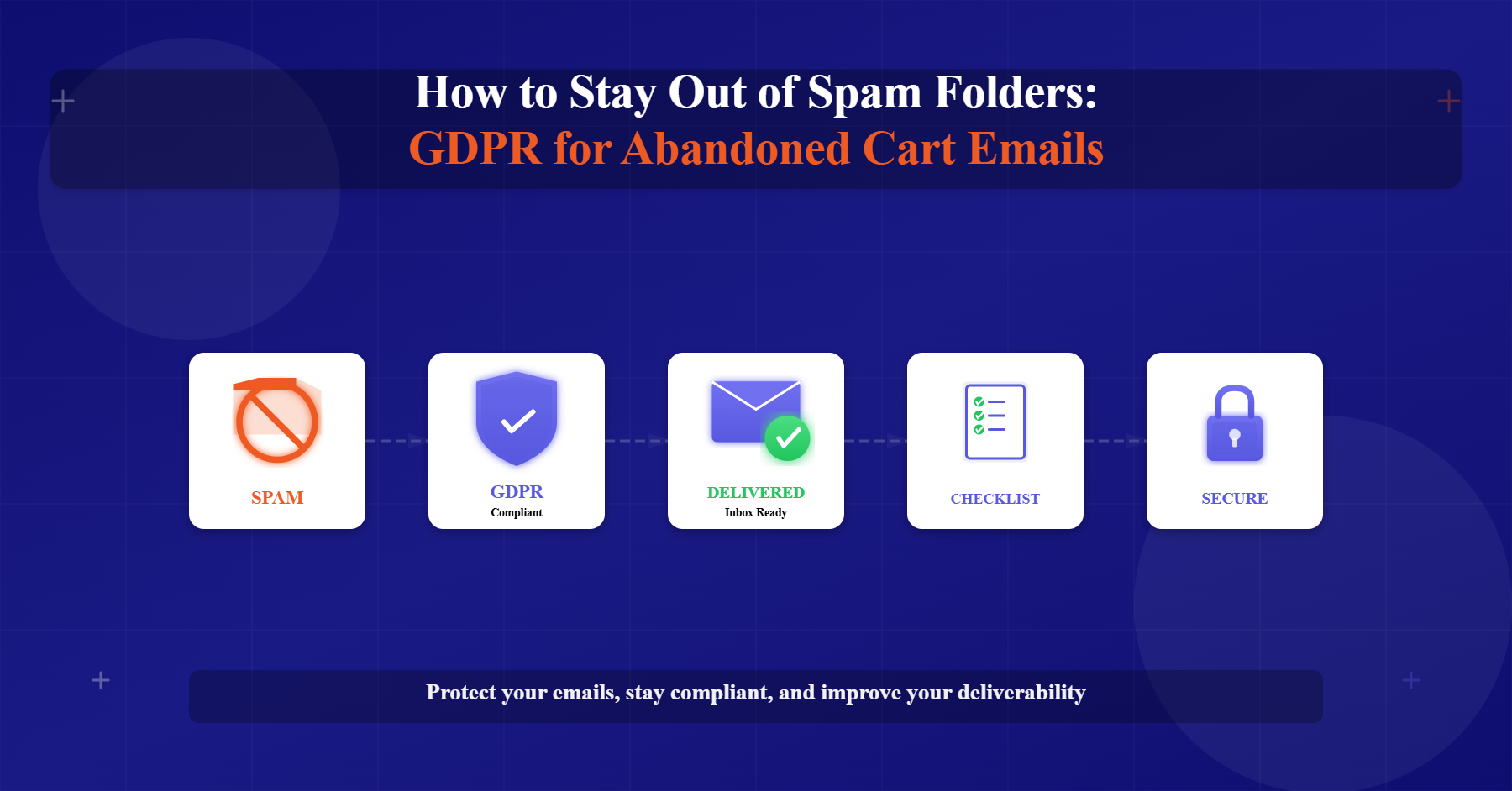All of your Shopify email marketing campaigns should be driven by user behavior. Therefore, you must also consider the user’s interests, demographic segmentation, and purchase history.
Shopify Email Segmentation will help you grow your business and increase retention while providing an excellent ROI.
This will help you deliver the right content to the right audience.
Do you want to learn more about Shopify email segmentation?
Continue reading to learn what an email marketing platform for Shopify is and how you can use it for email segmentation to enhance Shopify email open rates.
We’ll also go over the most common types of email segmentation to use, as well as some of the benefits to keep in mind.
What is Shopify Email Segmentation?
Shopify email segmentation categorizes customers into smaller groups, which can deliver more focused email content.
Simply put, divide the market into segments and then focus your marketing efforts by sending customized content.
Why Shopify Email Segmentation?
Shopify Email segmentation can enable you to define and comprehend your target audiences and ideal customers. If you’re a marketer, this allows you to target your marketing more effectively by identifying the right market for your products.
You can use market segmentation to provide more precisely targeted advertising options and tailor content to different audience groups.
Instead of sending a generic message to your entire audience, email segmentation allows you to target your content to the right people in the right way. This increases the likelihood of people engaging with your ad campaign or content, resulting in more efficient campaigns and a higher return on investment (ROI).
In a recent survey, 62% of marketing professionals said improving segmentation enables precisely target the audience. That’s a reason why most marketers focus on improving audience segmentation. In addition, email segmentation provides numerous benefits to marketers and others, including the following.
Benefits of Shopify Email Segmentation
1.Improves Campaign Performance and Engagement
Email Segmentation can help you improve the performance of your marketing campaigns by targeting the right people with the right message at the right time. In addition, segmentation allows you to learn more about your audience and tailor your content to their preferences and needs.
Targeting a specific segment of people who are likely to be interested in your content or product is far more effective than targeting a large number of people.
If you advertise to an entire market, you will end up spending a lot of money on ads, but only a small percentage of people will convert. Instead, if you segment your audience with suitable characteristics, you can increase your conversion rate.
Even if you’re selling a product with huge potential, customer segmentation can help you tailor your content to different groups to engage with them more effectively.
Furthermore, automation ensures that you never miss another opportunity to engage with your customers and make sales and revenue.
Learn more about Shopify email automation.
This will reduce the number of follow-up emails you send to customers who have abandoned their cart.
Learn more about Shopify abandoned cart email.
2.Less Spam Rate
The more relevant your email, the more likely it is that your audience will continue interacting with it. Because no audience is similar, segmenting your Shopify email list based on audience characteristics can help you increase relevance.
If anyone interacted with a specific vertical on your site, put them in an email list segment where you can send them more content from that vertical. For example, if any of them looked at multiple products in a specific category, send an email with similar products. When people on your email list have purchased your flagship product, move them to a list where you can show them a product that complements it nicely.
3.Increases Business Potency
Segmentation enables businesses to concentrate on their efforts, establish a brand identity, and specialize in a specific product type.
A brand that tries to appeal to everyone will come across as generic and unmemorable. Customers can also be perplexed about what the brand stands for and what type of company it represents. Similarly, a company that tries to sell everything is unlikely to impact anyone’s market significantly, and its offerings may be of lower quality than those of companies that specialize.
So, you can expand your offerings as your company grows, but when it is first starting, it can be challenging to differentiate your businesses.
4.Identifies Potential Growth Areas
Segmentation helps identify audience segments that they are not currently reaching with their marketing efforts and subsequently expand into new markets.
When you examine your audience data, you can discover interests that you were unaware your customers had. Likewise, when you look at behavioral data, you can find out how many customers prefer to shop online. Based on this information, they can increase the advertising of your online marketplace.
5.Increase Your Marketing ROI
Your email campaign’s ultimate goal is to increase revenue. Therefore, you may be more likely to convert subscribers if you send emails that correspond to where they are in the funnel.
According to the numbers, More than half of all email ROI is accounted for by segmented and targeted email campaigns.
With segmentation, you have a good chance of increasing sales and customer engagement. Targeting your customers based on their preferences can increase engagement and better understand what they want and need from your company.
Of course, you can’t just segment your Shopify email list and then sit back and relax. You must ensure that you are segmenting rightly. So, what are some effective methods for segmenting your list?
4 Shopify Email Segmentation Techniques to Increase Conversion Rate
1.Segment By Email Activity

Keeping track of email activity is a simple way to learn more about your visitors. For example, you can send targeted emails based on the pages they visited.
You can also send targeted emails based on website activity, for example, Pages that people visited, Pages that they did not visit, People who visited one page but did not visit another related page, and so on.
Targeted emails are an excellent way to guide prospective customers through your sales cycle. Customers can easily understand why they need your product or buy from you if you use the right segments.
Furthermore, Accurate email segmentation results in:
- Increase Open Rates
- Increase Click-Through Rates
- Increase Conversions
- Decrease Unsubscribes
- Avoid Spam Filters
- Increase Customer Happiness
Email activity data is valuable because it directly relates to how people interact with your brand or products. As a result, it can help you market to them more effectively.
2.Segment By Demographics
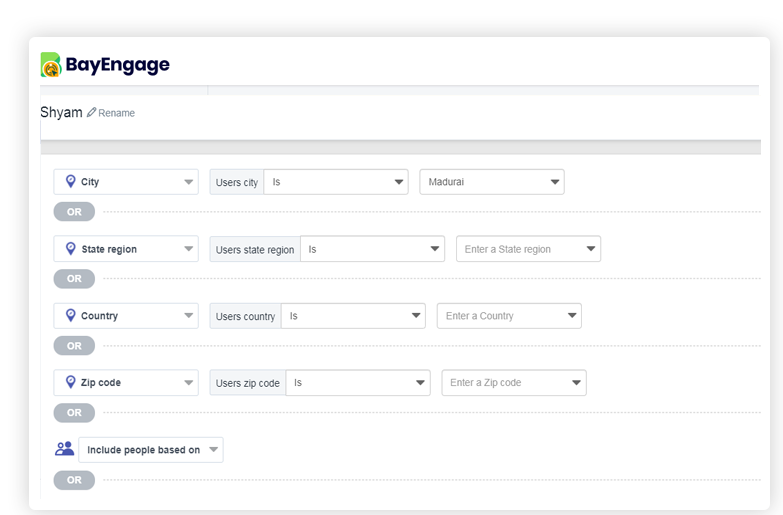
A simple but effective segmentation strategy is to divide your market based on their demographics.
Combining demographic segmentation with other types of segmentation can help you narrow your market even further. One advantage of this type of segmentation is that the information is relatively easy to obtain.
Demographics data contains quantifiable aspects of the person. These are the foundational segments; they allow you to group users without getting too specific about interests and past purchasing patterns.
For segmenting your list based on customer demographics, you can use a specific set of words and topics that are popular with your readers. Here are a few methods for segmenting your subscribers based on demographics:
- Gender
- Age
- Marital status
- Income
- City
- State region
- Country
- Zipcode
- Lifestyle
- Occupation
For example, if your newly launched product is only for single men aged 20 to 30, you can create an email segment based on these criteria. As a result, you’ll be able to tailor your email content to that specific demographic.
The best part about demographic segmentation is that it integrates seamlessly with your marketing strategy. Creating segments based on the demographics of your market segment will help you reach the right inbox with the right offer.
3.Segment By Purchase History

If someone buys from your store for the second or third time, they have a chance of doing that again. That is the strength of customer loyalty.
The more you sell to your customers, the easier it is to persuade them to buy from you again. This significantly helps you in knowing your customers’ purchasing habits.
You can segment based on their behavior in the purchase history by looking into:
- Past purchases
- Purchase frequency
- Product type
- Loyal buyers
- Irregular buyers
- Seasonal buyers
- Order placed
- Amount spent
Purchase history gives you an idea of what a customer likes and provides insight into their buying habits. By identifying their patterns, you can create campaigns to encourage them to continue purchasing from you.
Not only analyze what customers buy but also look for how much money they spend. This allows you to promote products that are within their price range. For example, offer discount coupons to the most price-sensitive customers who usually buy items on sale to secure sales.
If you know that specific customers buy particular items regularly, you could send them reminder emails prompting them to buy again after a period. This works well for products that expire at regular intervals, such as cosmetics.
4.Segment By Customer Subscription
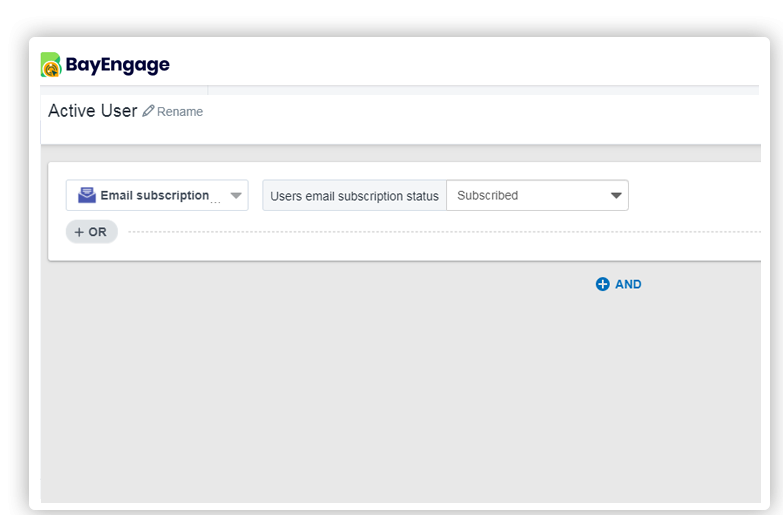
Subscribers can be segmented on how they were added to your list, which is a novel but effective strategy.
You can have multiple signup options on your website. Also, you can even be experimenting with various calls to action and incentives. This gives you numerous reasons to segment your subscribers based on their signup source.
You can segment your new subscribers early in your email campaigns to nurture them. Send a welcome email to introduce your brand and lay out your expectations for what they will receive.
Since welcome emails have a high open-rate, use them to connect with your subscribers quickly and establish a relationship.
Conclusion
Email segmentation will not only increase overall campaign engagement and but decreases unsubscribes. It will also assist you in strengthening your relationships with your subscribers and customers. You’ll always know where to prioritize to boost sales.
Putting email segmentation in place can be a time-consuming task. It takes some time to determine what to base your segmentation on. However, once set up, it will save you time in the long run and drive more revenue.
While it may seem complicated at first, utilizing the Shopify email marketing app to segment your list can greatly impact your Shopify email marketing strategy.
Try BayEngage for a 14 days free trial and see how it can help you enhance your conversion rate.




